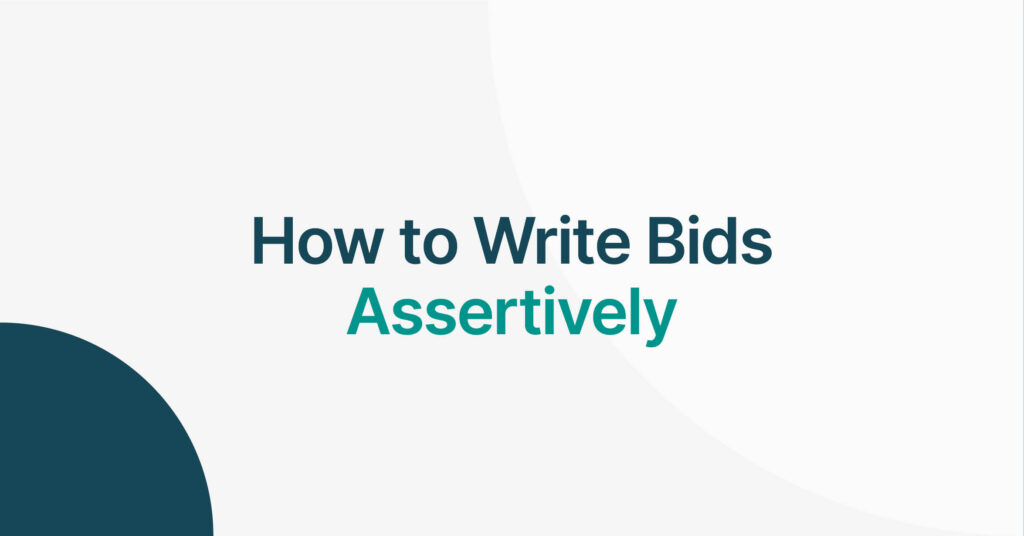What is a DPS? Dynamic Purchasing Systems Explained
What is a DPS? – Dynamic Purchasing Systems
A Dynamic Purchasing System (DPS) is a supply chain list where tenders or other bidding opportunities are published to specific members that have been successful in maintaining a position on that list, and is similar to a framework agreement. Although, it is important to note that DPSs are used exclusively within the public sector and tend to be used for contracts of a much higher value.
As quoted in the Public Contracts Regulations 2015, “[a] DPS should be set up for identified types of requirement, which may be divided into categories of products, works or services.” This could be any organisation or group of organisations, who want to outsource work in one or more service areas, these typically being called “LOTs”.
Rather than having potentially dozens of applications come through for the many tenders they publish, the buyer starts by narrowing down a set-list of applicants onto their own Dynamic Purchasing System.
The main differences between a DPS and the typical tender process include the fact that a DPS:
- Runs as a completely electronic process
- Allows new suppliers to join at any time or within set window periods
- Shows longevity in its run (it can be open for years).
What to do?
All that suppliers would need to do, is register their company onto a DPS online, click the service area in which they are interested in delivering, and undergo a Stage 1 submission in order to secure a place on the system. The buyer will then assess this and once the supplier passes stage 1, they move onto Stage 2, which is the actual tendering of the works in question.
For example, a Housing Association could create a DPS for their outsourced Creative activity, which includes a range of service areas (or LOTs) – i.e. Branding, Printing, Website Design and Website Hosting. The Housing Association [the buyer] would publish this DPS opportunity across the country and then undergo multiple stages to narrow down the process of awarding the work via the ‘most economically advantageous tender’ (MEAT).
As always, Tender VLE is here to help you understand all the terms associated with tendering to ensure you are well equipped to enter the procurement world.
If you need further support with a DPS or have a particular tender to tackle and are not sure where to begin, have a look around our Tender VLE website to see if any other topics are of use.








